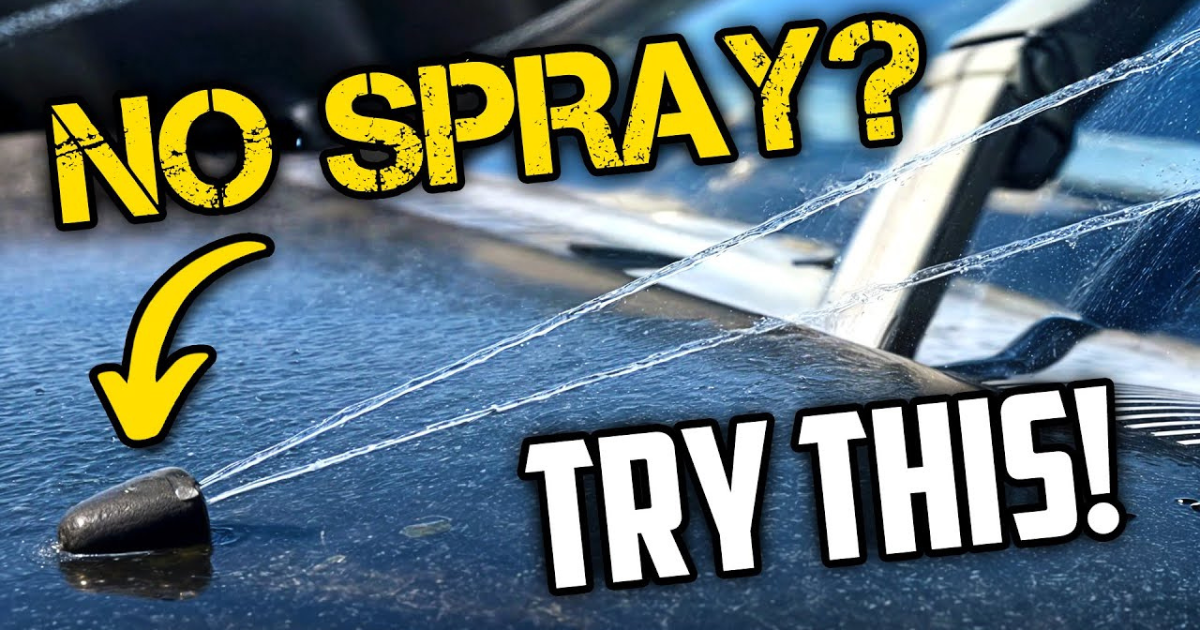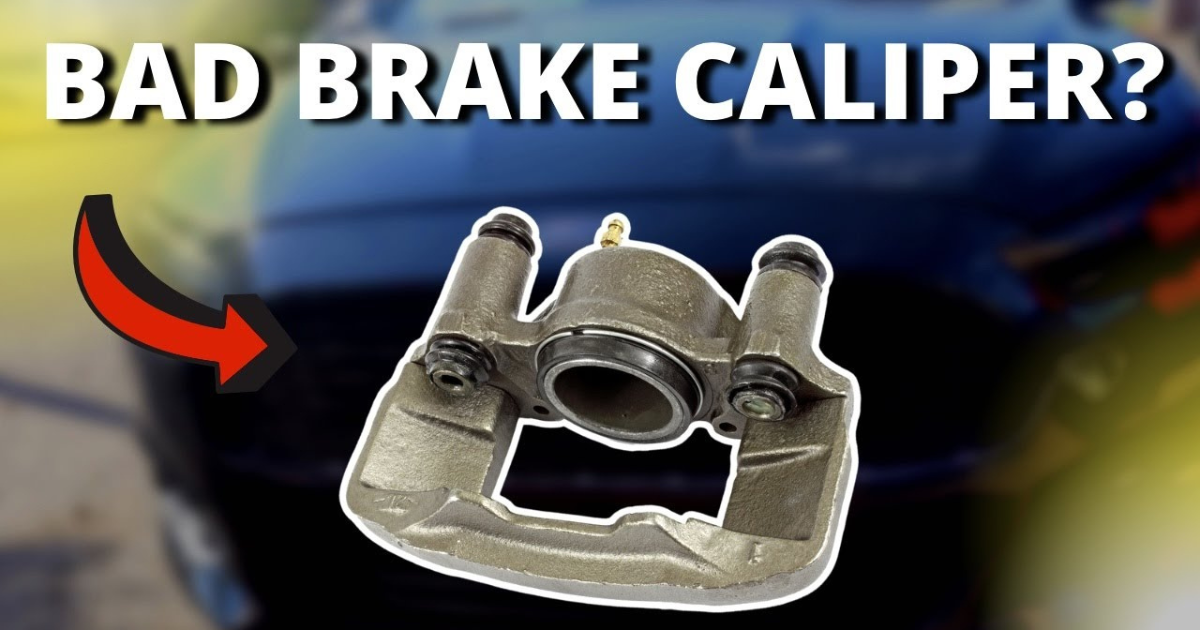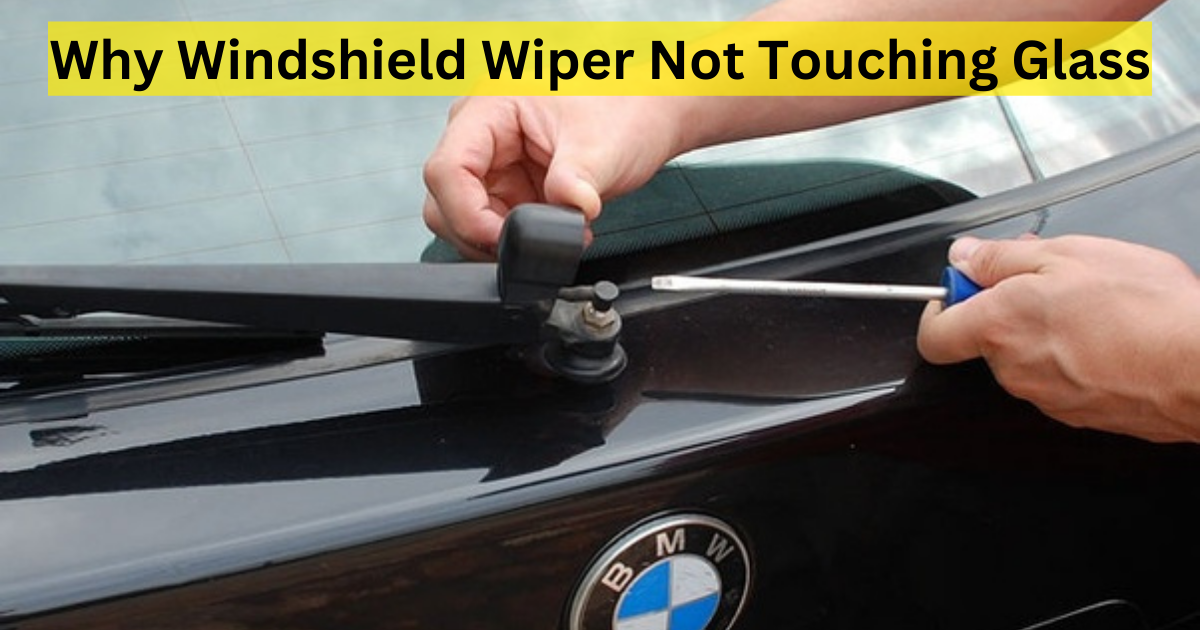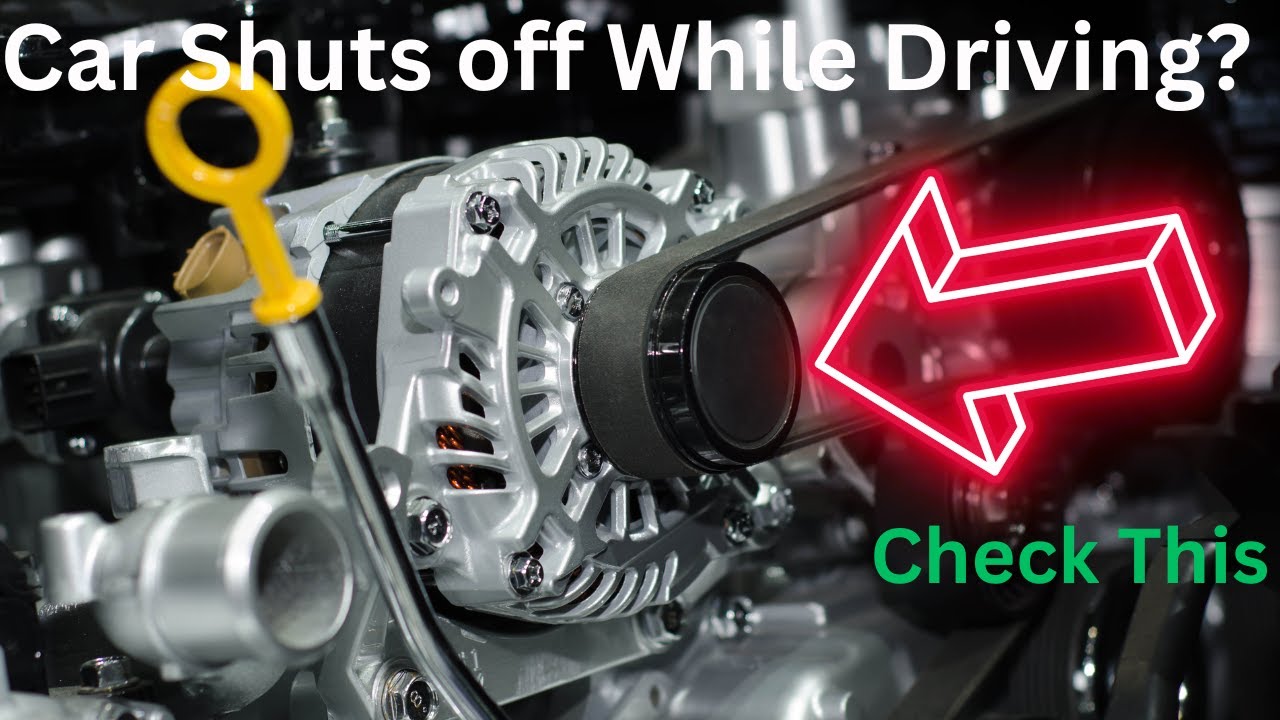A functional windshield washer system is essential for safe driving, particularly during wet conditions. If your wiper fluid is not spraying after a refill, it can be hazardous and should be addressed promptly. This article will discuss the common causes of this issue and provide practical solutions.
Causes of Wiper Fluid Not Spraying After Refill
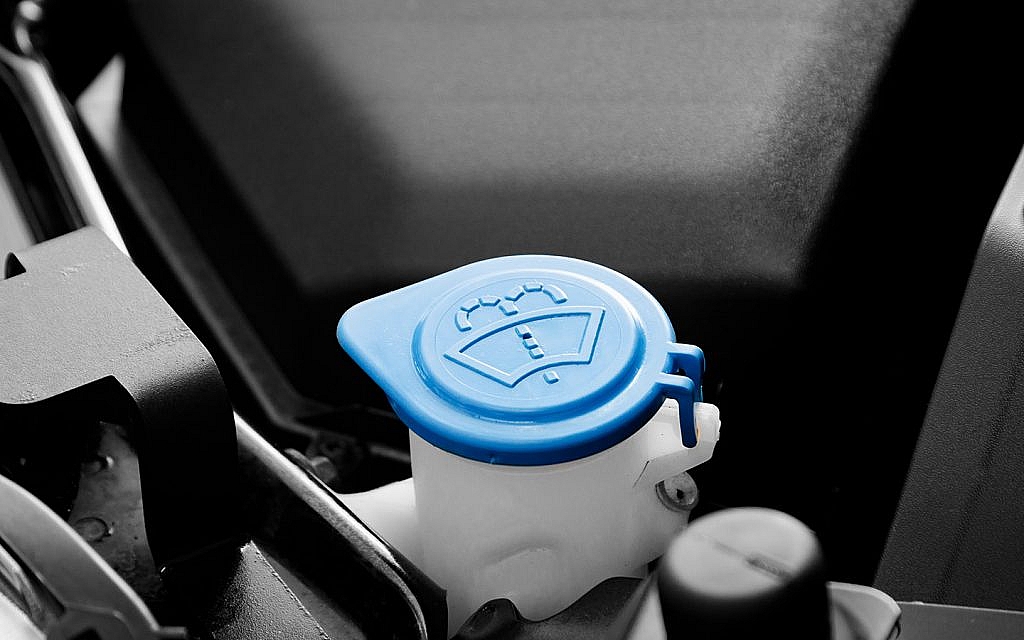
- Cracked Wiper Fluid Reservoir
A cracked wiper fluid reservoir can cause the fluid to drain quickly, leading to sporadic or no spraying. Check for leaks under the car or a visible decrease in the fluid level after refilling. - Incorrect Refill: Wiper Fluid in Coolant Reservoir
Accidentally putting wiper fluid in the coolant reservoir can prevent the washer system from functioning correctly. Consult your owner’s manual to identify the correct reservoirs and avoid this mistake. - Frozen Wiper Fluid Hoses
In cold weather, wiper fluid can freeze inside the hoses, blocking the flow and preventing spraying. This issue is more common with diluted or low freeze-rated wiper fluid. - Clogged Wiper Fluid Nozzles
The small nozzle holes can easily become clogged, causing the fluid not to spray or only spray on one side. This is the most likely cause if the wiper fluid is not coming out on one side only. - Faulty Wiper Fluid Pump
A malfunctioning wiper fluid pump may fail to build enough pressure to spray the fluid. Listen for buzzing or whirring near the reservoir when someone pulls the wiper fluid stalk to diagnose this issue. - Broken Wiper Fluid Hoses
Over time, the wiper fluid hoses and connectors can become brittle and break, causing leaks and preventing the fluid from spraying.
How to Fix Wiper Fluid Not Spraying After Refill
- Repair or Replace Cracked Wiper Fluid Reservoir
Options for fixing a cracked reservoir include buying a new OEM part from the dealer, finding a used OEM part, or purchasing a replacement part online. Alternatively, you can attempt to patch the crack using a plastic welder kit. - Drain and Refill Coolant Reservoir
If you accidentally put wiper fluid in the coolant reservoir, stop driving immediately and have the coolant flushed and replaced by a professional. Driving with wiper fluid in the coolant system can cause engine overheating or damage. - Thaw Frozen Wiper Fluid Hoses
Allow the hoses to thaw naturally in warmer weather or use a hair dryer to speed up the process. Additionally, ensure you use wiper fluid with an appropriate freeze rating for your area. - Unclog Wiper Fluid Nozzles
Visit a local auto repair shop to have the nozzles unclogged professionally or use an air compressor to blow air into the nozzles at home. - Replace Faulty Wiper Fluid Pump
Check the fuses first, and if they are not blown, replace the wiper fluid pump. Wiper fluid pumps are usually universal and relatively inexpensive. - Repair or Replace Broken Wiper Fluid Hoses
Inspect the hoses for leaks when someone pulls the wiper fluid stalk. Replace any broken hoses and connectors, which can be found at a hardware store for a low cost.

